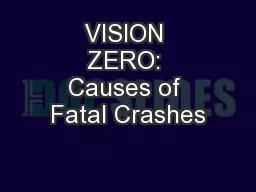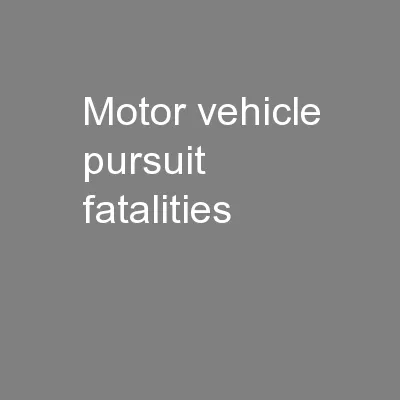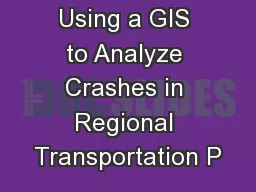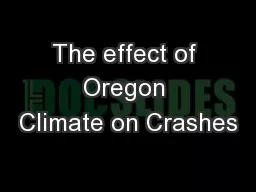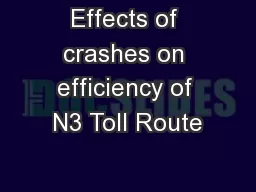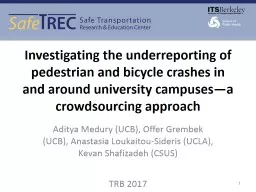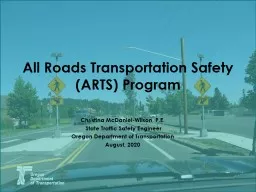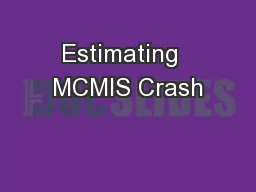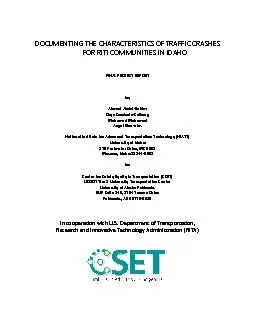PPT-VISION ZERO: Causes of Fatal Crashes
Author : aaron | Published Date : 2017-05-27
VISION ZERO Causes of Fatal Crashes VISION ZERO Working Together to Reach This Goal VISION ZERO Redesigning Intersections Better Street Design Smart Simple Safe
Presentation Embed Code
Download Presentation
Download Presentation The PPT/PDF document "VISION ZERO: Causes of Fatal Crashes" is the property of its rightful owner. Permission is granted to download and print the materials on this website for personal, non-commercial use only, and to display it on your personal computer provided you do not modify the materials and that you retain all copyright notices contained in the materials. By downloading content from our website, you accept the terms of this agreement.
VISION ZERO: Causes of Fatal Crashes: Transcript
Download Rules Of Document
"VISION ZERO: Causes of Fatal Crashes"The content belongs to its owner. You may download and print it for personal use, without modification, and keep all copyright notices. By downloading, you agree to these terms.
Related Documents

